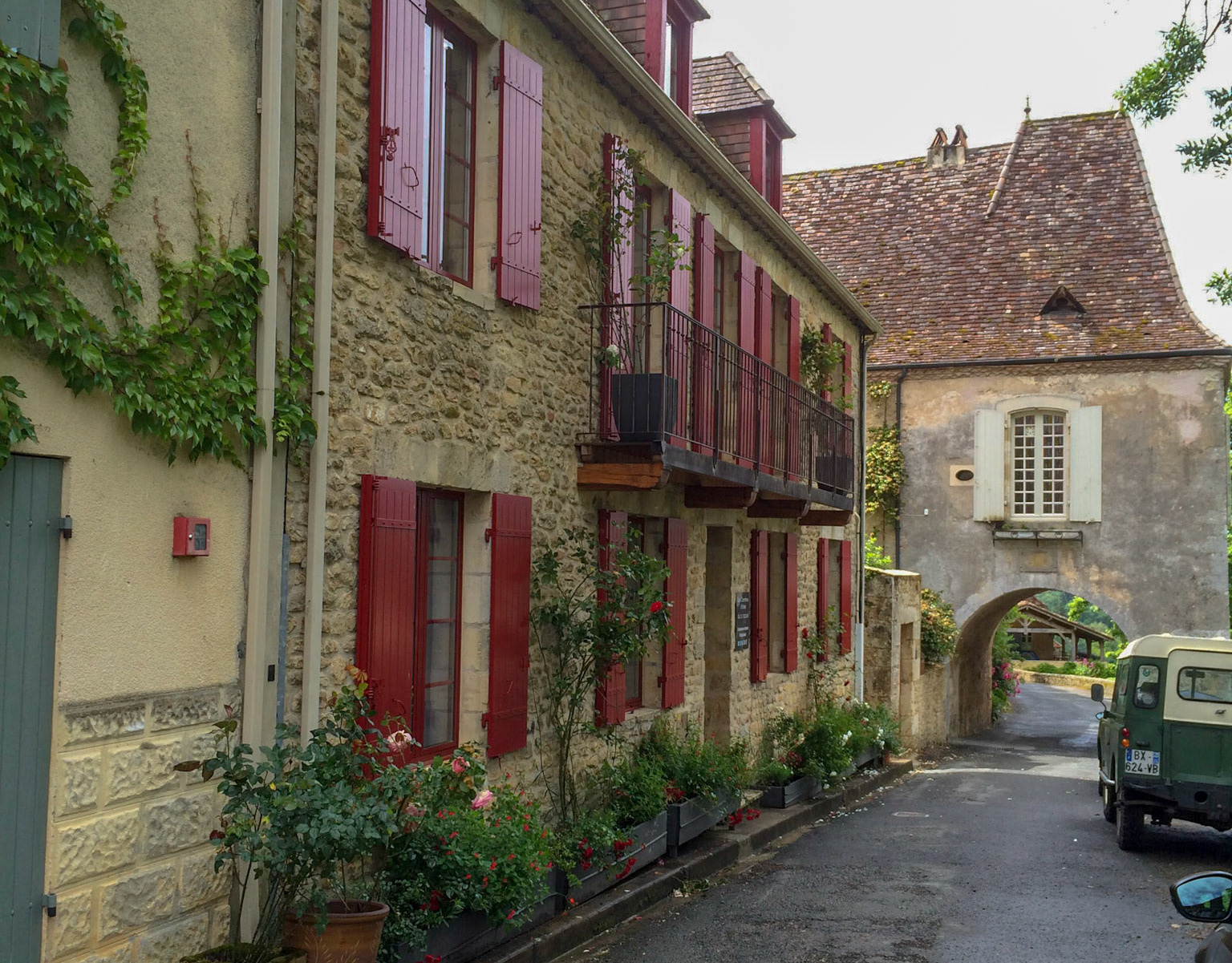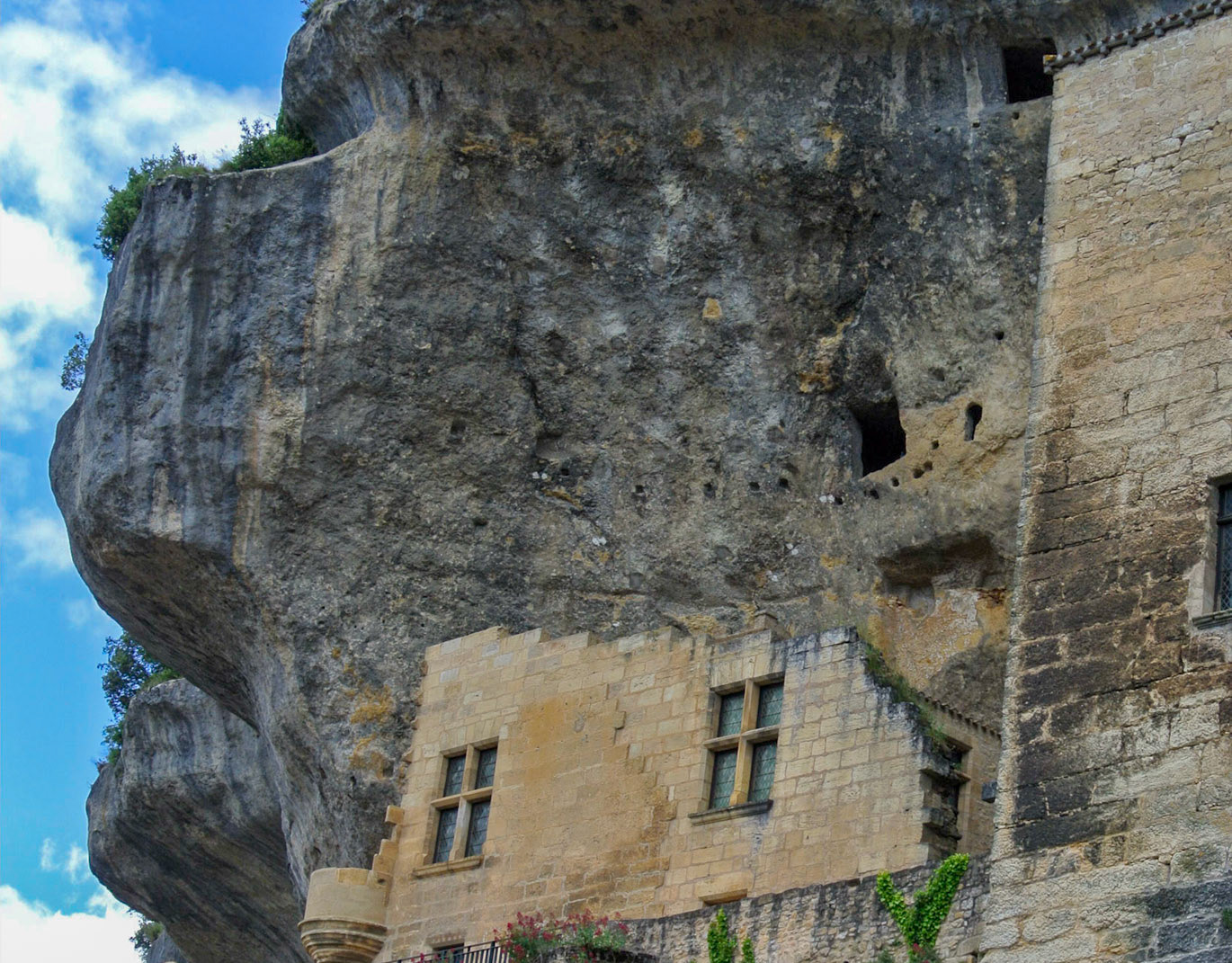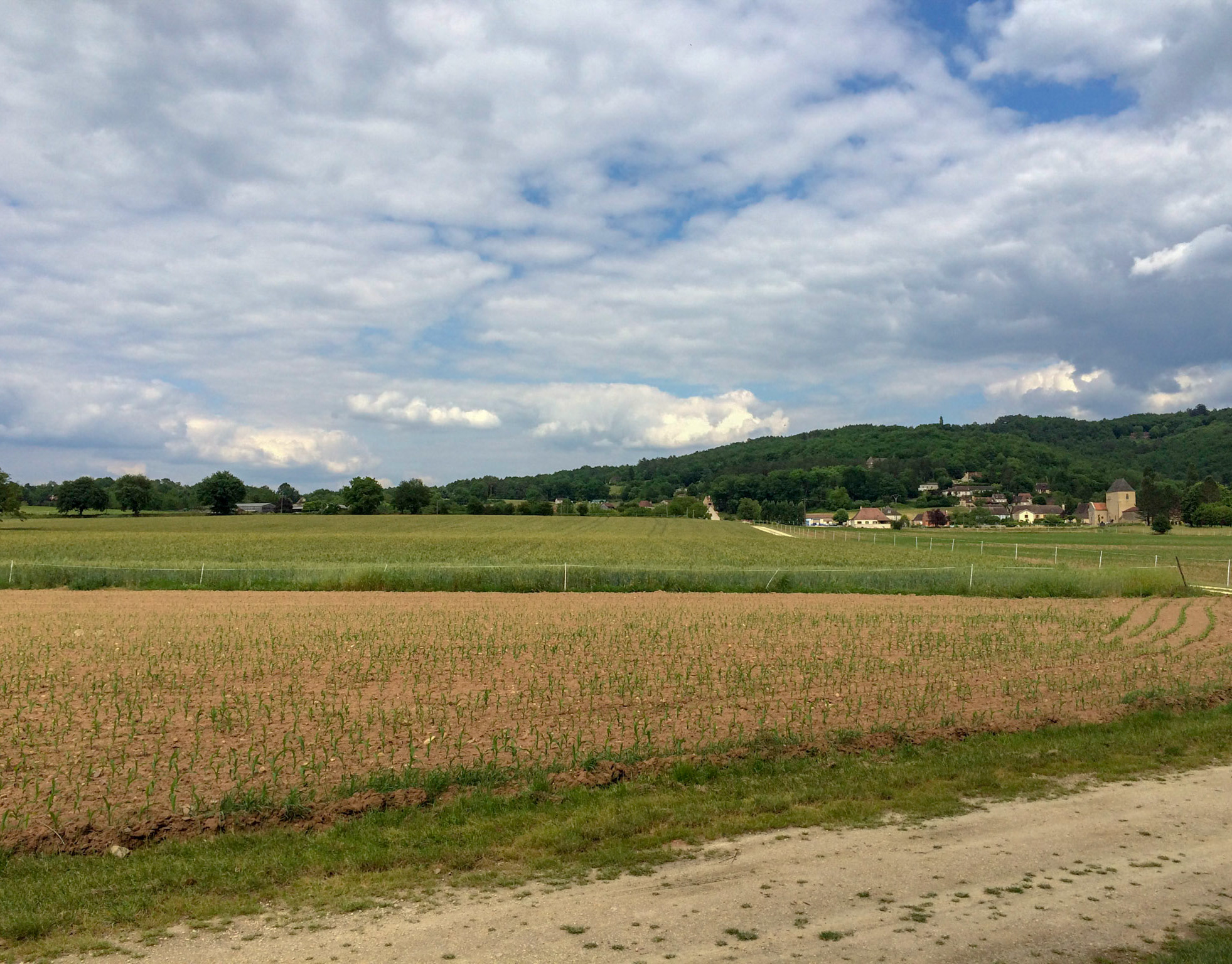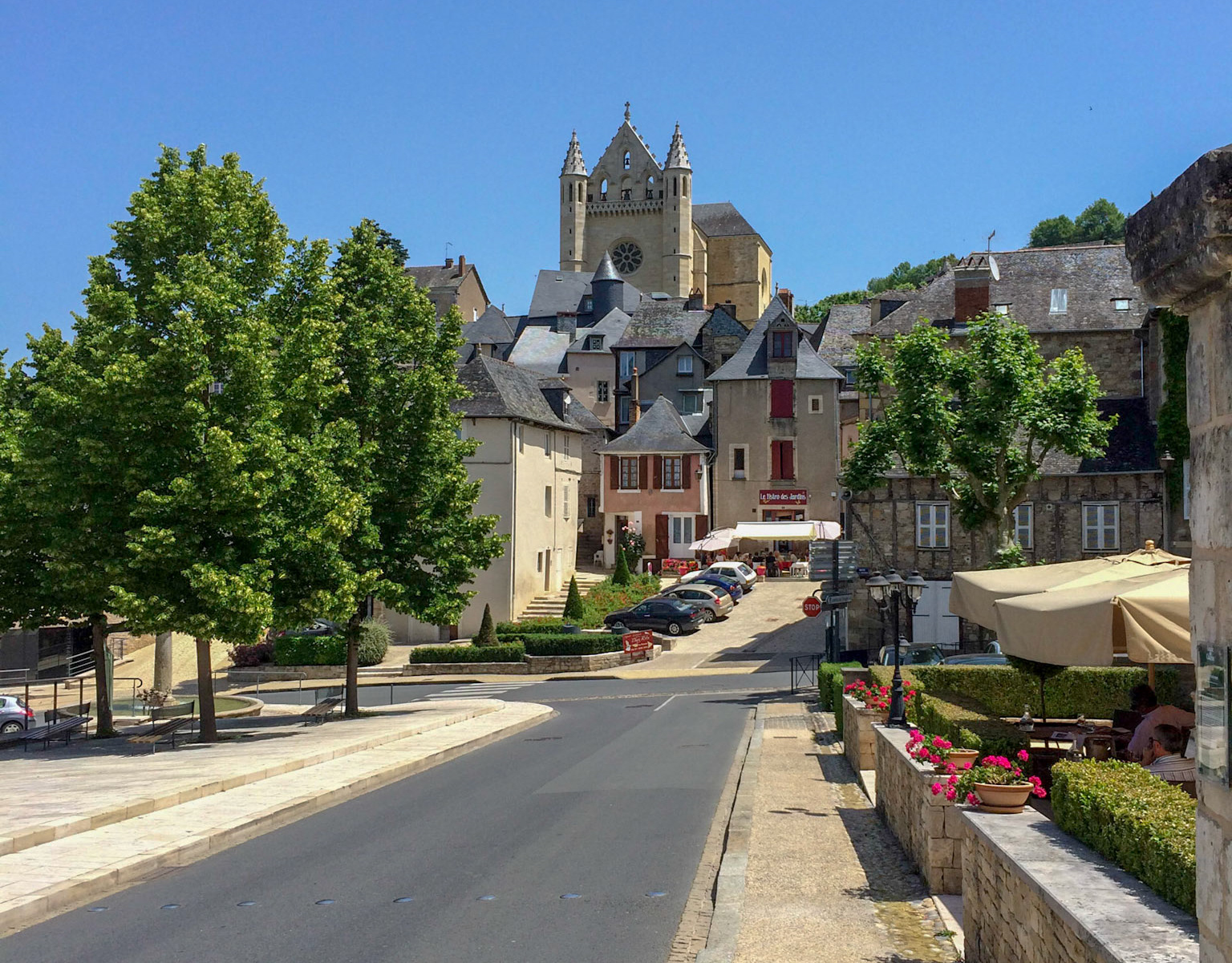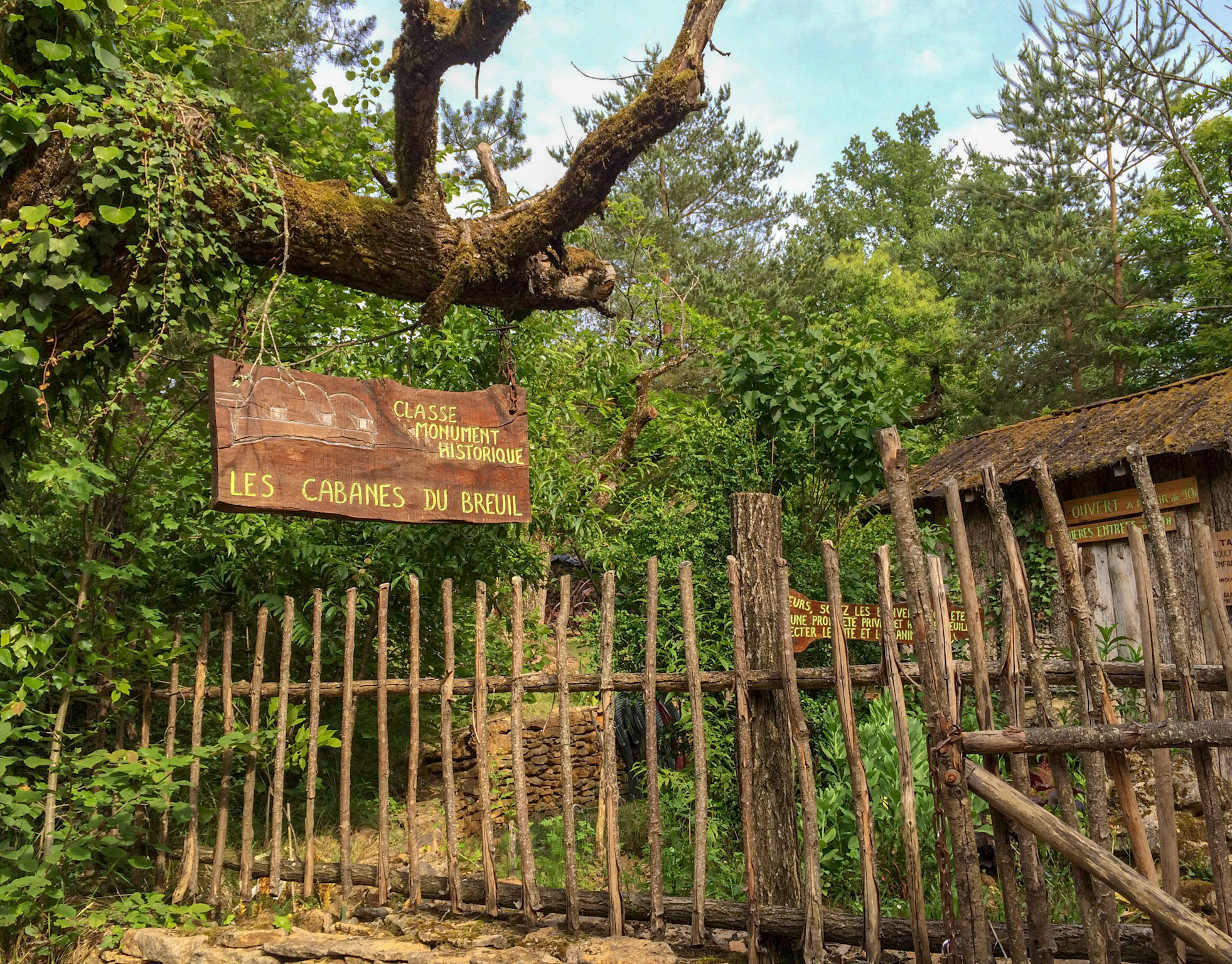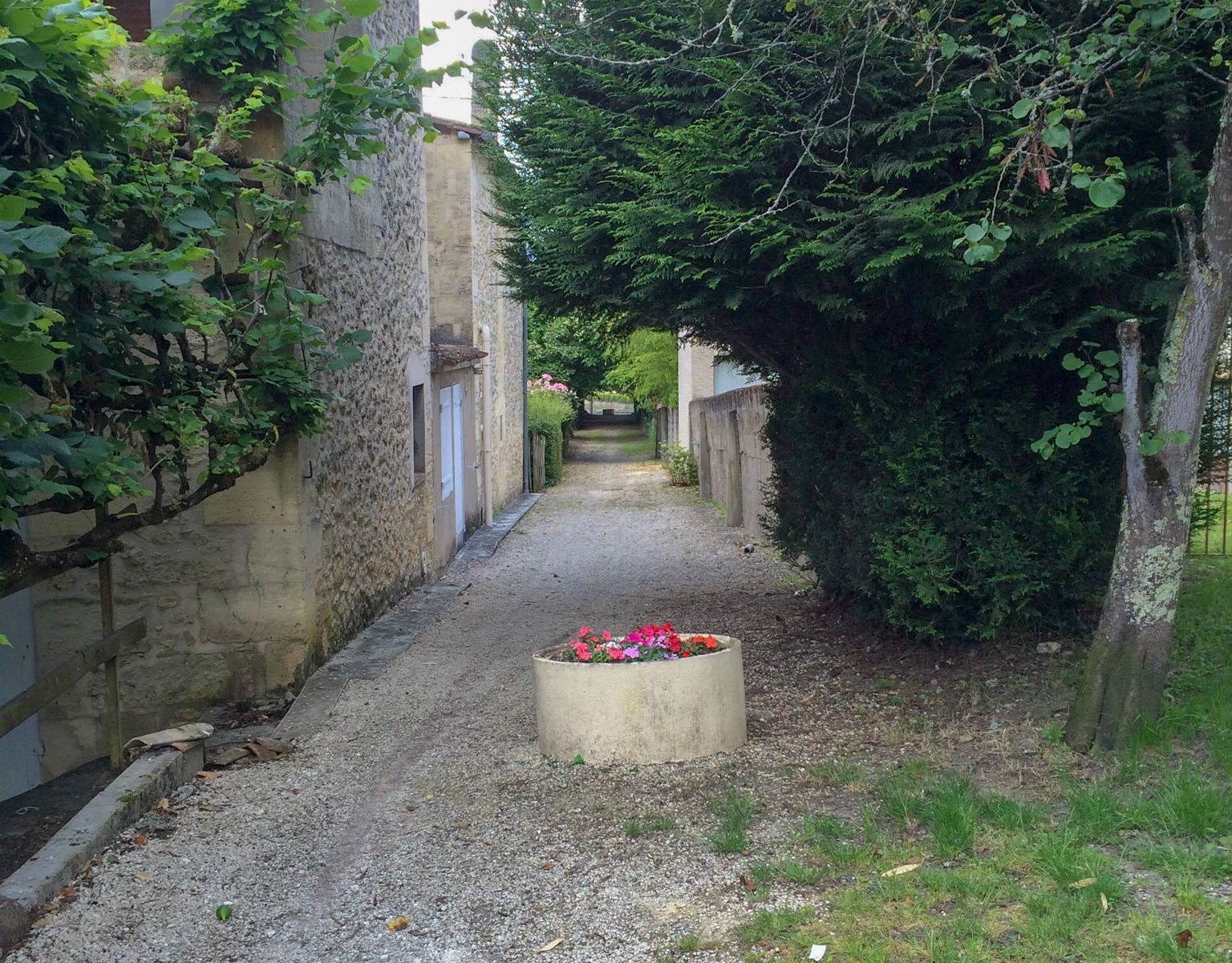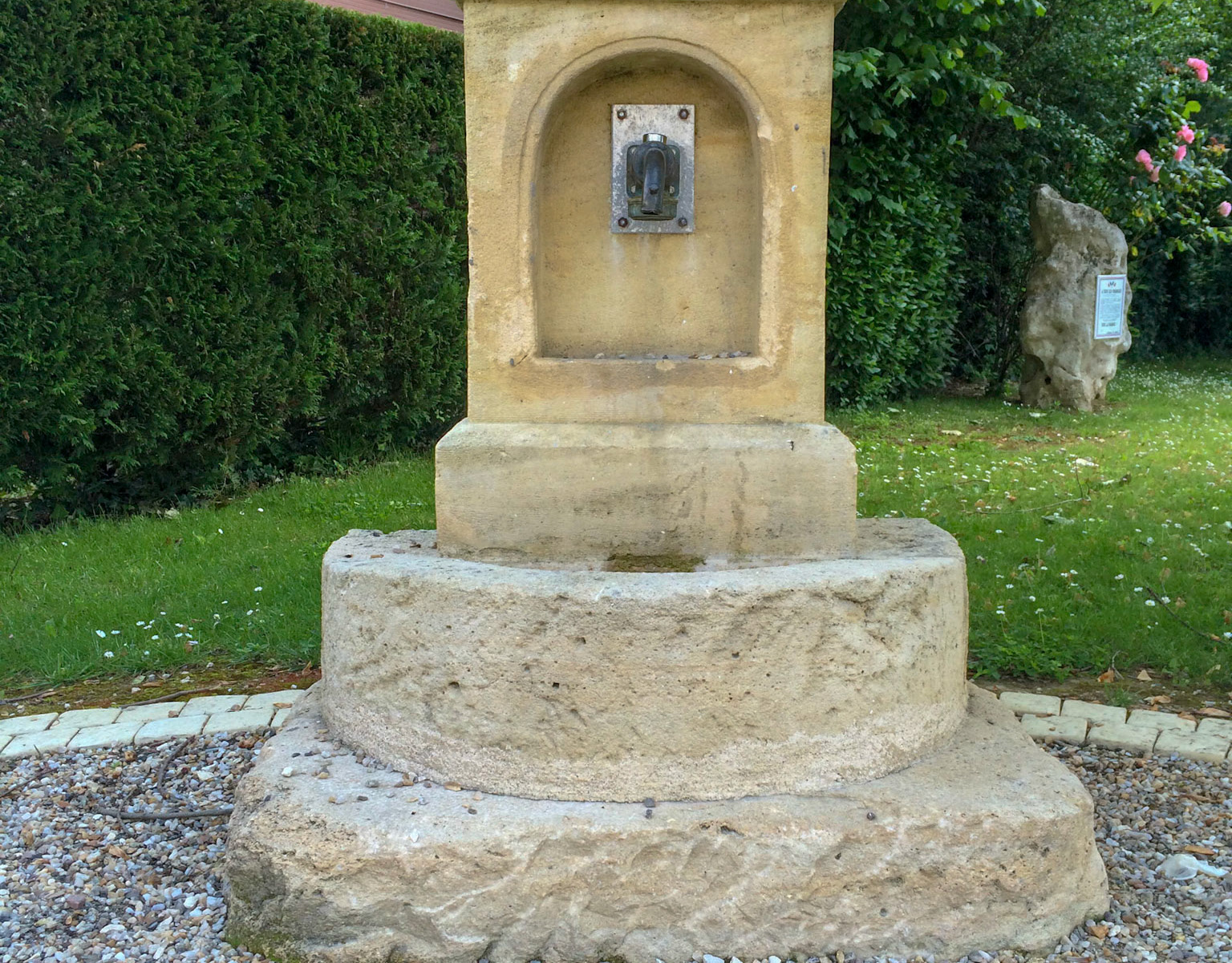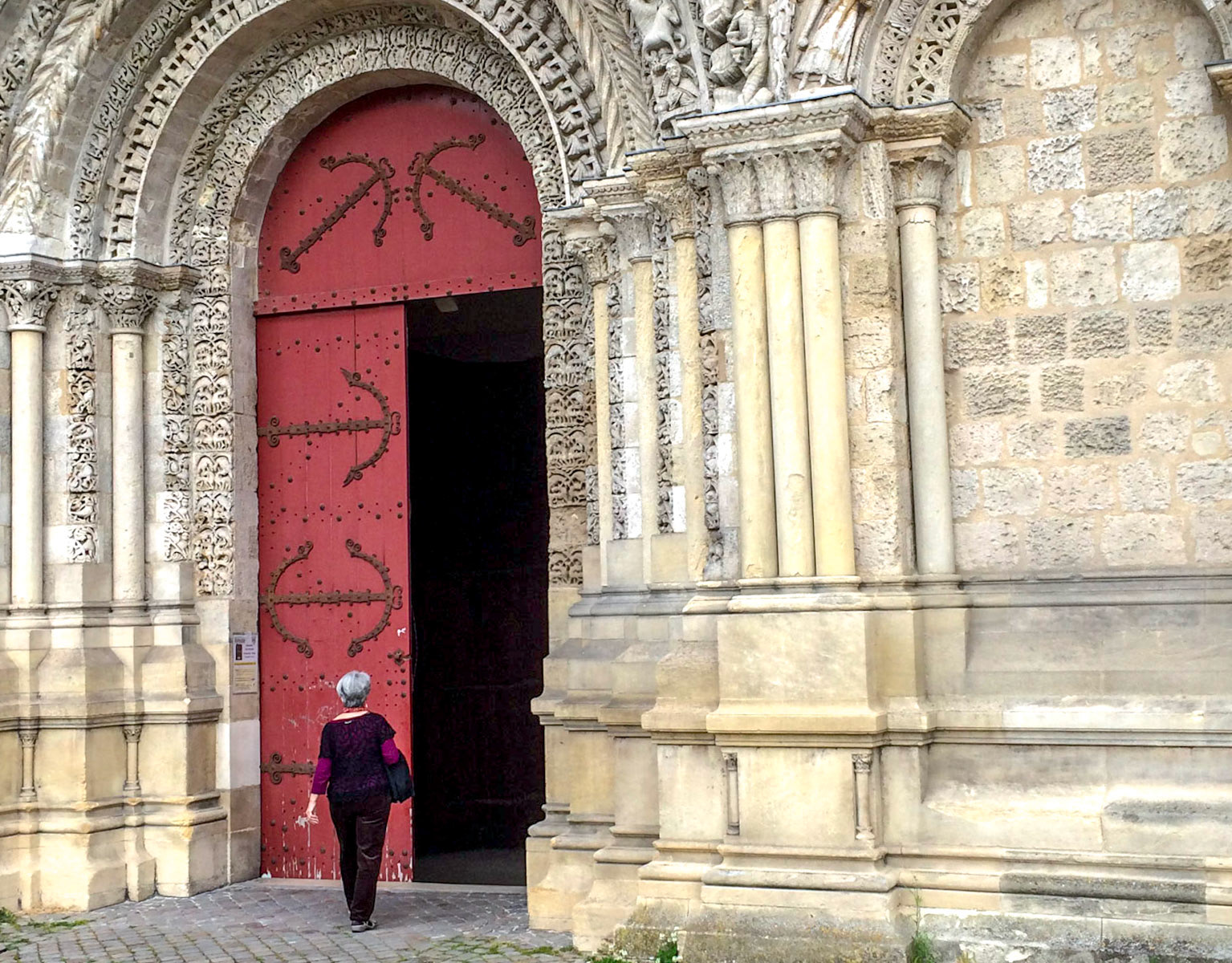We had been in Britain and then Scotland for more than a month. I'd completed a short Fulbright gig at Loughborough University in the Midlands, though Linny and I lived in a flat in Nottingham and I commuted by bus or train. Linny, daughter Zoe, sister Jean, and her partner Dyanne were exploring the North Country, which is where I joined them at the end of my assignment. From there, Jean and Dyanne headed one way, the rest of us headed another—to Glasgow, where we wandered excellent museums and parks. Had a few unexpected tourist adventures that tried our patience with the world and each other. Normal travel. And a really marvelous range of new, fascinating places and people.
When Zoe flew home to Oregon, Linny and I flew to Bordeaux, where we picked up a rental car and headed up the valley of the Dordogne and its tributaries to explore the caves with ice age art and the wonderful museums among them. I can't recall a truly disappointing restaurant, and we chanced on some real gems. We really had no clue to the beauty and allure of this part of France. It was fascinating and magical. It helped that being retired allowed us to slot ourselves in during some of the best weather but several weeks ahead of summer vacations. Schools were in session. There really weren't crowds anywhere yet.
But frist, Bordeaux. We were treating this city as simply a stopover on our way to the interior. In no time, we realized this place was worth more time. We adjusted the open end our trip to return (with the car, of course) and check it out. Our exploration was still too short and we didn't have time for the coastal countryside, but it was an interesting stop and a very pleasant surprise.
Besides the caves rich with art that we visited, I mentioned the restaurants. Perigord Noir has been long known for its food, particularly duck, goose, and foie gras. The menu was rich but the rugged countryside made it easy to work it off. Of course, we're still not versed in the subtle differences (to us) between the several areas of Perigord (Green, White, Black and Purple). We'd love to go back to find out.
We were told by a man restoring an ancient house that the split black stones are why this is Perigord Noir. So, there's a range of stone roof coloers that give identity to those who live there.
We were told by a man restoring an ancient house that the split black stones are why this is Perigord Noir. So, there's a range of stone roof coloers that give identity to those who live there.
To continue with this trip, return first to "2014 Bordeaux and Perigord Noir" or use the menu above to select a trip segment.
